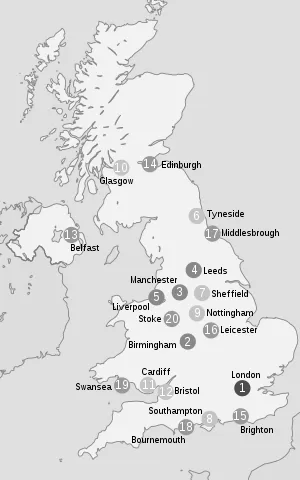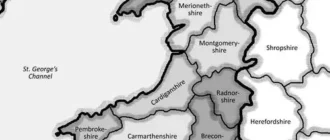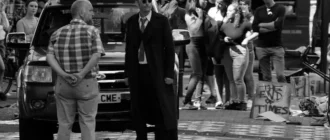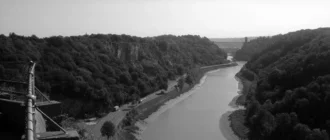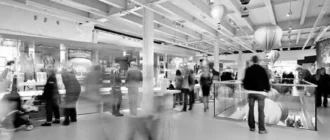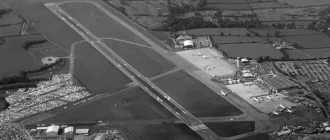Bristol is located in southwest England and has a long and prosperous maritime history. Today, the former city centre port is a vibrant cultural hub. Its museums include the M Shed, which explores the industrial and social heritage of the area. It is also home to The Arnolfini, an art gallery and contemporary arts space.
Bristol was a port in the 11th century
Bristol had a rich trade network at the turn of the eleventh century. It was a center for trade in England and was connected to the rest of the country by rivers like the Severn and Avon. During the reign of Edward III, Bristol became a centre for the trade with Ireland and Northern Europe. It also became a hub for shipbuilding and manufacturing. It was also a starting point for important voyages.
The city began as a settlement called Brigg stow, meaning “meeting place by the bridge.” The town grew around this wooden bridge and soon became a fortified settlement. The city grew rapidly in size and prosperity during this time. By the eleventh century, it was the largest city in the region.
In the early 11th century, many pilgrims travelled to Jerusalem for religious purposes. In the early 13th century, the Knights Templar, a group of fighting monks, had settled in Bristol. The Knights Templar also built a temple in the city. During this time, merchants brought a red flower from the eastern Mediterranean and it became the city’s emblem. In the 16th century, the city had a grammar school. By 1538, Henry VIII had closed the priory and friaries. After this, Bristol had a bishop and city status.
The history of the town has a long maritime history. The city’s port was a major center for maritime trade. Maritime safety was a key issue. The city was home to Samuel Plimsoll, known as the “sailor’s friend” because he campaigned for the safest seas. He was aghast by the scandals overloaded cargoes caused. He campaigned for a mandatory load line for ships.
Bristol is a major city in the South West
Travelling by car is a convenient option in Bristol as there are many NCP car parks and limited street parking in the city centre. During the day, you can often rely on Queen Square to have a few parking spaces, and there are also three park and ride facilities in the city. One way streets in the city centre follow a one way system which can be confusing at first, but becomes easier with practice.
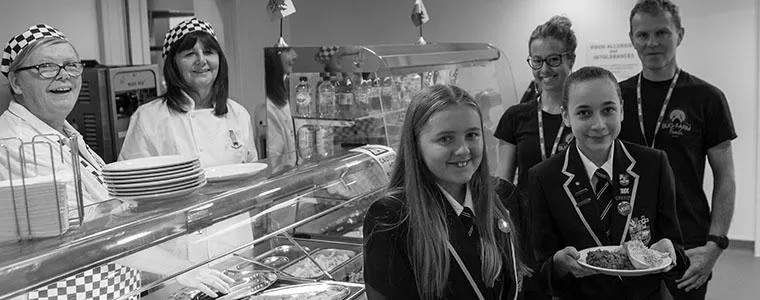
The city has two main train stations, Bristol Parkway and Temple Meads. Both have excellent connections to London and Birmingham. It also has its own airport, with regular international flights. Depending on your needs, a train to Bristol may be your best option. Alternatively, you may choose to fly into Bristol Airport.
Bristol is home to a thriving shopping scene. In the city centre, you can find several markets, including Cribbs Causeway Shopping Mall and Cabot Circus. Both of these shopping venues offer a variety of clothing and food items. There are also numerous independent boutiques and supermarkets in Bristol, so you can find everything you need.
Bristol is a major city in the South-West region of England with a population of over half a million people. It has a long history as an important trading center in the United Kingdom. The city is a major transportation hub and has large industries, including nuclear engineering, general engineering, and aircraft design.
Bristol has a green belt
There is a green belt in Bristol. The city council has contacted owners of land in the Bristol Green Belt to discuss the potential for development. The council also noted the importance of green belt land. However, there is a limit to the development that can be done within a green belt area.
The Avon Green Belt, which covers Bristol and Bath, is a key example of a green belt in England. The area has been set aside to limit urban sprawl and maintain an open character around built-up areas. Local planning authorities implement green belt policies on the basis of guidance from the UK government.
The Bristol Local Plan has not yet been updated to remove green belt land. As a result, development on this land should be avoided until the local plan has been revised. The National Planning Policy Framework (NPPF) states that development is only allowed in green belt areas under special circumstances. Nevertheless, some areas have been developed without first removing green belt land.
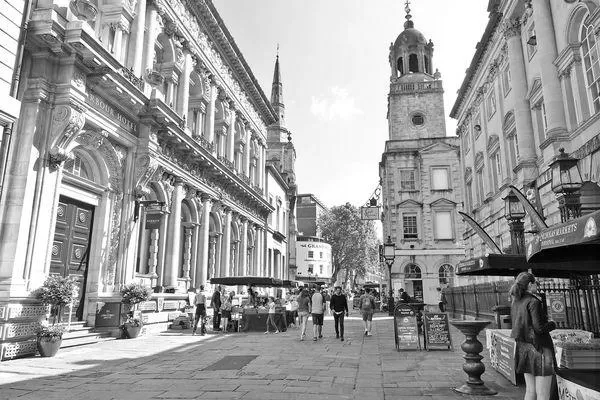
The council’s housing delivery plan lays out how to build new homes in Bristol. The city needs to build 33,500 new homes by 2036, of which over half must be affordable. It also needs to have space for an additional 80,000 jobs by 2036. Planning officers are working collaboratively and creatively on how to meet the demand.
It has a theatre
Bristol has a theatre, which is one of the oldest in the country. It was built in the late 18th century, and was saved by the city’s mayor Herbert Farjeon. It is now part of the Bristol City Council. The theatre has a rich history and has played host to many famous performers, including Charles Dickens and Shakespeare.
The Georgian Theatre was on the verge of being demolished in 1932 when Farjeon, the city’s mayor, wrote to the “Times” newspaper to protest the demolition. His letter had an incredible moral effect on the city and the theatre was saved. The theatre is now a Grade II listed building.
Bristol has a theatre in England, the Theatre Royal, located in King Street. The theatre was originally intended to open in the summer of 1764. It was commissioned by a group of shareholders, each of whom paid PS50 to subscribe to the theatre’s productions. The Theatre Royal is still Britain’s oldest working theatre. The Theatre Royal in King Street is not to be confused with the Theatre Royal in Park Row, which later became the Prince’s Theatre.
In addition to its theatre, Bristol also has a vibrant arts community. Its alumni include stars of television and film such as Simon Pegg, David Walliams, and Mark Ravenhill. Other notable graduates include Pearl Mackie, Gregory Doran, and Laura Wade.
It has a shopping mall
If you’re looking for a place to do some shopping, Bristol has many options for you. The city is home to large shopping centres with all the usual brands and shops as well as independent shops. Bristol has an abundance of shopping areas to choose from, including the trendy Cabot Circus and Broadmead. Both have a great selection of shops, and both have restaurants and cinemas.
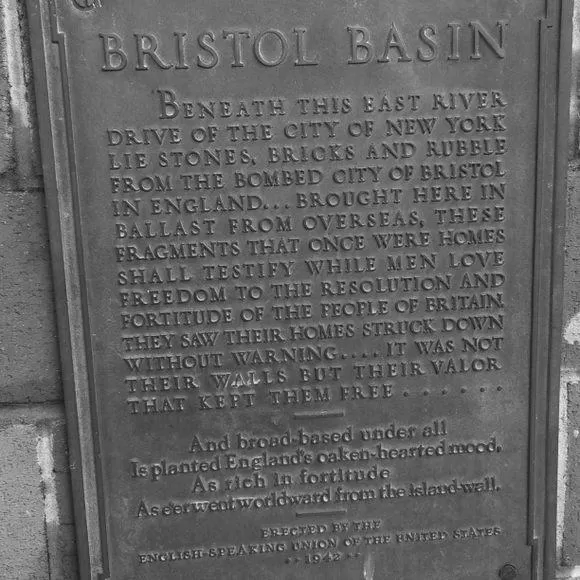
The Cabot Circus Shopping Centre is a large complex located in the centre of Bristol, England. It houses over 90 shops, including high street shops and department stores. The complex also has a cinema and restaurants including Yo! Sushi, Soho Coffee, and Yo! Sushi. It is also home to various special events and a popular cinema.
Cribbs Causeway is another great place to do some shopping. This is a two-level indoor mall with more than 150 shops. There are a range of brands and retailers here, including John Lewis and Marks & Spencer. The shopping centre has a large parking lot and is easily accessible by bus.
Another shopping centre in Bristol is The Arcade, which is a popular choice for those looking for independent shops. Located in Broadmead, this shopping centre features more than twenty independent stores. It is a popular destination for shoppers looking for the best bargains. Alternatively, you can visit The Broadwalk Shopping Centre, which is located in South Bristol. This shopping centre has a wide range of shops, including the Superdrug and Holland & Barrett brands, as well as many smaller shops.
It has a cathedral
The city of Bristol has a cathedral that is one of England’s most beautiful buildings. Founded in 1140 by Augustinian canons, this Grade I-listed building has a unique architectural design. The cathedral’s nave, choir, and aisles are all the same height, and its vaulted ceiling is unique among English cathedrals. The cathedral’s East Lady Chapel dates mostly from the 13th century, and the cathedral’s chapter house is a late Norman construction. The cathedral is also home to some of the oldest pointed arches in England.
The cathedral contains stained glass windows, though many of them were replaced after the Bristol Blitz in World War II. It is also home to several monuments, most of which are dedicated to bishops and abbots. It also has an organ, which was built by Renatus Harris in 1685. The cathedral is open to the public daily for worship, including the Eucharist and daily prayers.
Bristol Cathedral was originally a monastic monastery, but it was raised to cathedral status by King Henry VIII in 1542. The original church had been built on a hill that was important to early Christians. Some stone from this period was saved and used to build the cathedral. Throughout the centuries, Bristol Cathedral has played a crucial role in the city’s history. In 1140, rebels attacked the cathedral in protest of a parliamentary reform law. The rebels destroyed the bishop’s quarters, and the chapter house was heavily damaged by fire. This resulted in the loss of valuable archives.
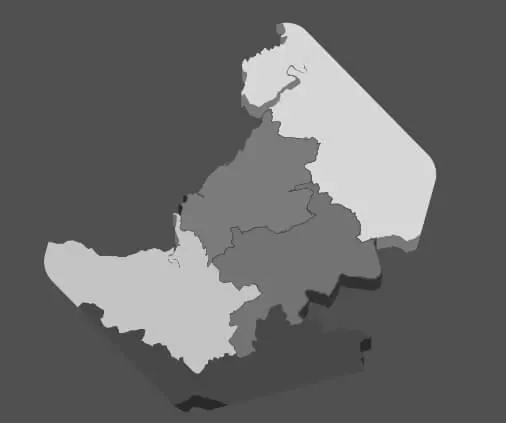
The Bristol Cathedral was originally built as an Augustine abbey. It became a cathedral in 1542. Today, little remains of the original structure. The current building dates from between the 12th and the 19th centuries, with parts dating from the 12th century and the 14th century. The cathedral has undergone various expansions over the years, with various sections being added or rebuilt. In the early twentieth century, the cathedral added twin towers at the west entrance. In 1994, the first female Anglican priests were ordained at the cathedral.
